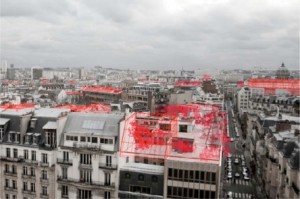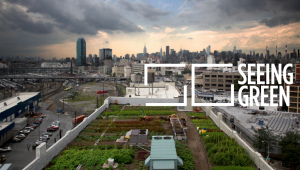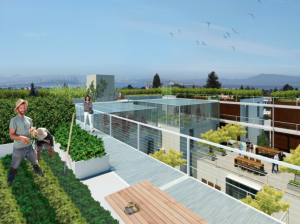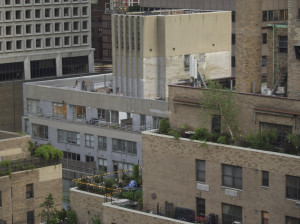par TANCREDE BONORA, Slate.fr, 3 février 2012

Surélévation d’immeubles
Image: Michel Cantal-Dupart
Source: www.slate.fr
Paris ne peut pas s’étendre indéfiniment, il doit se réinventer à l’intérieur de ses propres limites. Et si la solution se trouvait sur les toits?
Il faut débloquer le foncier», a asséné Nathalie Kosciusko-Morizet, ministre de l’Ecologie et du Logement, jeudi 2 février, sur les ondes de France Inter, après avoir commenté la mesure annoncée dimanche par Nicolas Sarkozy d’augmenter de 30% le coefficient d’occupation des sols (COS); selon elle, avec cette décision «la constructibilité augmente partout [y compris] les limites de hauteur, les limites de gabarit. (…) Ce n’est pas de l’étalement urbain, c’est tout le contraire».
Avec une des densités les plus élevées au monde (près de 22.000 hab/km contre seulement 13.500 pour Tokyo et près de 11.000 pour New York), Paris suffoque, ceinturé par un périphérique et un habitat de banlieue qui n’attire pas les jeunes urbains.
On crée pour l’instant 40.000 logements par an à Paris et le programme du Grand Paris projette d’en construire 70.000.
L’extension horizontale de la ville n’est plus une solution viable. Mais comment absorber la population parisienne de plus de 2.200.000 habitants tout en préservant la qualité de vie? Comment faire face à la pénurie des sols?


